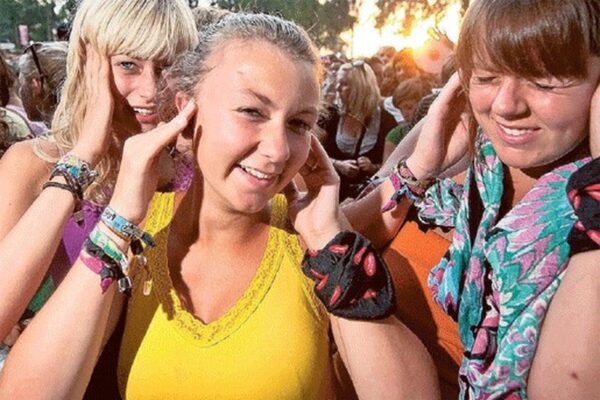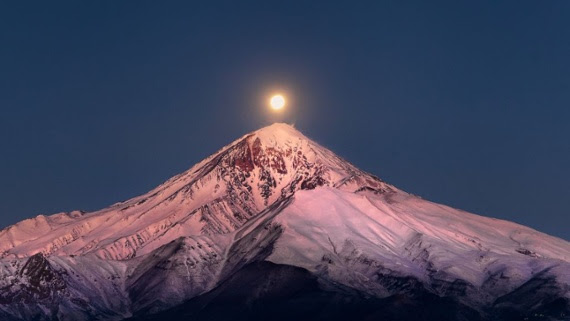Once in a lifetime: unique chance for you to do this!
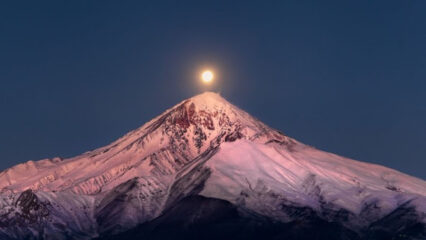
| In the Sky |
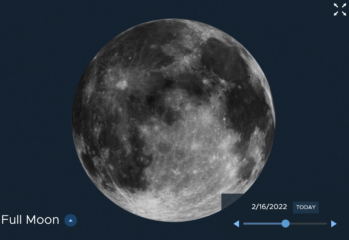
| How to see February’s Snow Moon this week (Arman Mohammadi / 500px via Getty Images) This week, you can lunch with the Snow Moon, which will appear at its fullest at 11:57 a.m. EST (1657 GMT) on Wednesday, Feb. 16. If you can’t make this lunar lunch date, the moon will still be a perfect companion for other outdoor activities, appearing full for three days, from Tuesday (Feb. 15) through Thursday night (Feb. 17), according to NASA. Full Story: Live Science (2/15) |
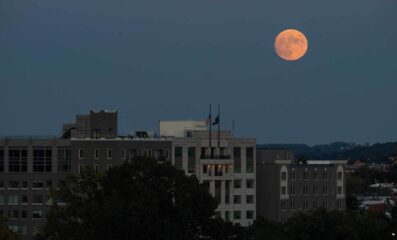
The Next Full Moon is the Snow, Storm, or Hunger Moon; the Wolf or Candles Moon; the Full Moon corresponding to Purim Katan and the Chinese Lantern Festival; Magha Purnima; and Navam Poya.
The next full Moon will be midday on Wednesday, Feb. 16, 2022, appearing opposite the Sun in Earth-based longitude at 11:57 a.m. EST. This will be on Thursday morning from China Standard Time eastward to the International Date Line. The Moon will appear full for about three days around this time, from about midnight Tuesday morning to about midnight Thursday night. The bright star appearing near the full Moon will be Regulus.
One Moon, Many Names
The Maine Farmers’ Almanac began publishing Native American names for full Moons in the 1930s and these names have become widely known and used. According to this almanac, as the full Moon in February, the tribes of what is now the northeastern United States called this the Snow Moon or the Storm Moon because of the heavy snows that fall in this season. Bad weather and heavy snowstorms made hunting difficult, so this Moon was also called the Hunger Moon. NOAA monthly averages for the Washington, D.C. area airports (DCA and IAD) from 1991 to 2020 show January and February nearly tied as the snowiest months of the year (with February 1/10 inch ahead).
According to some sources, the Wolf Moon is an old European name for this full Moon. Another European name is the Candles Moon, tied to Candlemas on Feb. 2.
Since there are two months of Adar in the Hebrew calendar this year, the major holiday of Purim will be celebrated next month, and this full Moon corresponds with Purim Katan or “Little Purim.”
Tuesday, Feb. 15, 2022, will be the Chinese Lantern Festival. This is the traditional end of the Chinese New Year celebrations and is held on the 15th day of the first month of the Chinese Calendar.
In the Purnimanta tradition that ends the months on the full Moon day, this full Moon (Purnima) is Magha Purnima, the last day of the month of Magha. In the Hindu and Buddhist calendars, Magha is the month when the full Moon is in the lunar mansion that contains the star we call Regulus. For Hindus, Magha is a month for austerity, performing acts of charity, and ritual bathing in a sacred river.
For Buddhists, this full Moon corresponds with Māgha Pūjā, the second-most important festival of the year. Māgha Pūjā is celebrated on the full Moon day of the third lunar month in Cambodia, Laos, Thailand, and Sri Lanka; and on the full Moon day of Tabaung in Myanmar. It celebrates a gathering of the Buddha with 1,250 of his first disciples, which, according to tradition, preceded the custom of periodic recitation of discipline by monks.
On the day, Buddhists celebrate the creation of an ideal and exemplary community, which is why it is sometimes called Saṅgha Day, Saṅgha referring to the Buddhist community. In Thailand, the Pāli term Māgha-pūraṇamī is also used for the celebration. Some authors refer to this day as the Buddhist All Saints Day. In Sri Lanka, this full Moon is called Navam Poya and celebrations also include a procession of approximately 5,000 people and many elephants, called Gangaramaya Navam.

The Moon’s Connection to Calendars
In most lunar and lunisolar calendars, the months change with the new Moon and full Moons fall in the middle of the lunar month. This full Moon is the middle of the first month of the Chinese calendar, the first Adar in the Hebrew calendar, and Rajab in the Islamic calendar. Rajab is one of the four sacred months in which warfare and fighting are forbidden.
As usual, the wearing of suitably celebratory celestial attire is encouraged in honor of the full Moon. Stay warm; watch out for snow storms; avoid starting wars; and when the weather is clear, take advantage of these early nightfalls to get out, look up, and share the wonders of the sky! Current Moon Phase https://solarsystem.nasa.gov/__webgl/5/moon_lunar Use this tool to see the current Moon phase and to plan ahead for other Moon views. Credit: NASA







